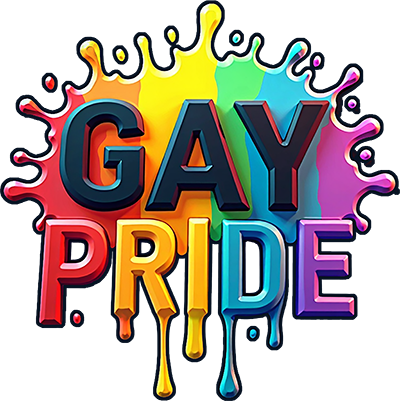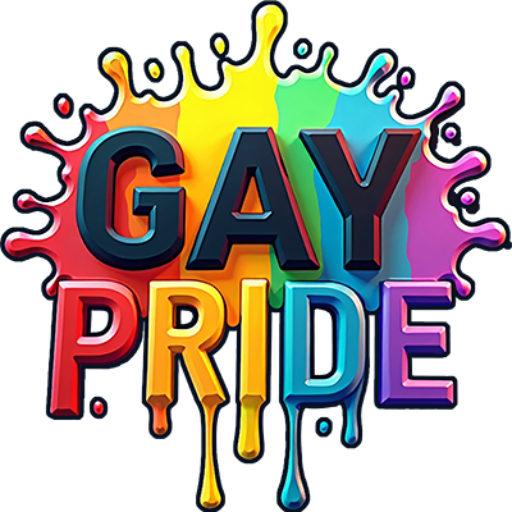The Impact of Social Media on LGBTQ Visibility 🌈
In today’s digital age, social media has become a powerful platform for change, awareness, and connection. One of the most significant impacts it has had is on the visibility of the LGBTQ community. From providing a voice to marginalized individuals to fostering global movements, social media’s role in LGBTQ visibility cannot be overstated. In this blog post, we will explore how social media has influenced LGBTQ visibility, its benefits, challenges, and its future potential.
Table of Contents
1. Introduction
2. A Voice for the Marginalized
3. Global Movements and Awareness
4. The Challenges of Social Media
5. The Future of LGBTQ Visibility on Social Media
6. Conclusion
7. FAQ
Introduction
Social media platforms like Facebook, Instagram, Twitter, and TikTok have transformed the way we communicate. For the LGBTQ community, these platforms have provided more than just a means of communication; they have become essential tools for visibility and advocacy. This increased visibility has led to greater acceptance and understanding, but it has also come with its own set of challenges.
A Voice for the Marginalized 📢
Social media has democratized the ability to share one’s story. For many LGBTQ individuals, especially those living in conservative or unaccepting environments, social media offers a lifeline. It allows them to connect with others like them, share their experiences, and find support. Through hashtags like #Pride, #LoveIsLove, and #TransRightsAreHumanRights, individuals can participate in global conversations and feel seen and heard.
Moreover, social media influencers and content creators from the LGBTQ community have become prominent figures, using their platforms to educate the public, challenge stereotypes, and advocate for change. Their stories inspire many and provide representation for those who need it most.
Global Movements and Awareness 🌍
Social media has played a critical role in mobilizing global movements and raising awareness about LGBTQ issues. Campaigns like the It Gets Better Project, which started as a single YouTube video and grew into a worldwide movement, show the power of social media in effecting change. These platforms allow for the rapid dissemination of information, enabling movements to gain momentum quickly.
Through social media, allies and members of the LGBTQ community can organize events, rallies, and parades, reaching a broader audience than traditional media ever could. The viral nature of social media also means that incidents of discrimination and violence can be highlighted and addressed more swiftly, bringing about social change and justice.
The Challenges of Social Media ⚠️
While social media has created opportunities, it has also presented challenges. LGBTQ individuals can face online harassment, cyberbullying, and misinformation. The anonymity of the internet can embolden negativity and hate speech, creating unsafe spaces for users.
Moreover, algorithms on social media platforms can sometimes amplify harmful content or silence LGBTQ voices. This can be disheartening for those who rely on these platforms for community and support. As such, there is an ongoing need for better regulation and protection to ensure these spaces remain safe and inclusive.
The Future of LGBTQ Visibility on Social Media 🌟
Looking ahead, social media will continue to evolve, and with it, the opportunities for LGBTQ visibility will expand. Virtual reality and augmented reality could provide new platforms for expression and connection, offering immersive experiences that bring people closer together.
By continuing to harness the power of social media, the LGBTQ community can push for more inclusive policies, greater acceptance, and a world where everyone can live authentically without fear. It’s crucial that social media companies continue to adapt and listen to the needs of the LGBTQ community to make these platforms safer and more inclusive.
Conclusion
Social media has undeniably changed the landscape of LGBTQ visibility. It has provided a platform for marginalized voices, facilitated global movements, and brought about greater awareness and understanding. While challenges remain, the potential for social media to further LGBTQ advocacy and visibility is immense. By continuing to use these platforms wisely and advocating for better protections, we can work towards a more inclusive digital world.
FAQ 🤔
1. How has social media changed the way LGBTQ stories are shared?
Social media has made it easier for LGBTQ individuals to share their stories with a global audience, providing visibility and representation that was previously limited by traditional media.
2. What are some popular social media campaigns related to LGBTQ rights?
Campaigns like the It Gets Better Project and the annual Pride Month celebrations have gained significant traction on social media, spreading awareness and support for LGBTQ rights worldwide.
3. What challenges do LGBTQ individuals face on social media?
LGBTQ individuals can face online harassment, cyberbullying, and the spread of misinformation. These challenges highlight the need for better protections and safer online spaces.
4. How can allies support LGBTQ visibility on social media?
Allies can support LGBTQ visibility by amplifying LGBTQ voices, participating in awareness campaigns, and standing against online harassment and hate speech.
5. What is the future of LGBTQ visibility on social media?
The future of LGBTQ visibility on social media looks promising, with emerging technologies offering new platforms for expression and connection. Continued advocacy for inclusive and safe digital spaces will be key.

